- 2024年-02月-19日:旗袍时尚情画 (陆梅)(335P)
- 2023年-09月-08日:Hofkleiderbuch des Herzogs Wilhelm IV.und Albrecht V.巴伐利亚公爵威廉四世和艾伯特五世宫廷服饰书(289P)
- 2023年-03月-19日:方氏墨谱(下册)(130P)
- 2023年-03月-19日:方氏墨谱(上册)(191P)
- 2023年-03月-15日:耕织图.上下.南宋楼璹原作.狩野永纳摹写.1676年(97P)
- 2023年-02月-14日:黄印友禅模样标本.一册.西村治染部(72P)
- 2023年-02月-10日:古代模様源氏貝尽(30P)
- 2023年-02月-08日:遊君衣裳鑑.一冊.桔梗屋.昭和7年.1932(19P)
- 2023年-02月-06日:舞乐器图(46P)
- 2023年-02月-04日:相扑图.一卷.土佐基光.画(6P)
- 2023年-01月-30日:泰语诗歌图书(58P)
- 2023年-01月-30日:石灯笼图谱.4册.宽延到明和年间.18世纪末.写本(218P)
- 2023年-01月-29日:闺训图说(227P)
- 2023年-01月-29日:二十四孝图赞(54P)
- 2023年-01月-29日:训女图说(291P)
- 2023年-01月-28日:纳西族手稿.Joseph Rock.1930搜集.美国国会图书馆藏(94P)
- 2023年-01月-28日:能楽花之栞.上中下册(213P)
- 2023年-01月-17日:二十四孝.中国故事板图.日文故事描述(32P)
- 2023年-01月-14日:十二月画短冊.怏雪.竹真(12P)
- 2023年-01月-13日:勝絵.鳥羽覚猷画(20P)
- 2023年-01月-12日:年中行事图巻.江戸時代(29P)
- 2023年-01月-10日:日本十二月风俗图卷(19P)
- 2023年-01月-10日:卖茶翁茶器图.木孔陽.編(22P)
- 2023年-01月-08日:中国古代二十四孝全图(16P)
- 2023年-01月-08日:女子二十四孝彩图.鲍国昌序.上海信谊药厂编印.1941年(54P)
- 2023年-01月-07日:印香炉式谱.丁月湖摹.爱吾庐.清光绪4年(246P)
- 2022年-12月-30日:中国篮篓(82P)
- 2022年-12月-30日:新几内亚雕绘(62P)
- 2022年-12月-29日:印度纺织版画(32P)
- 2022年-12月-28日:爪哇蜡染图案(33P)
- 2022年-12月-26日:16世纪西欧和东欧.美洲及非洲服饰风俗画(158P)
- 2022年-12月-20日:京城店铺幌子图(40P)
- 2022年-12月-20日:二十四孝图册(24P)
- 2022年-12月-18日:中國風吉祥剪紙(145P)
- 2022年-12月-13日:清宫包装图典(197P)
- 2022年-12月-12日:清宫服饰图典(313P)
- 2022年-12月-03日:中国民间美术全集·演具(328P)
- 2022年-12月-02日:中国民间美术全集·饰物(349P)
- 2022年-12月-01日:中国民间美术全集·剪纸(326P)
- 2022年-11月-04日:文房四宝·笔墨(226P)
- 2022年-08月-17日:中华美扇(62P)
- 2022年-08月-16日:油纸伞(68P)
- 2022年-08月-14日:青花蓝欣赏(38P)
- 2022年-08月-14日:极品茶具(31P)
- 2022年-08月-06日:瓷玉字画(22P)
- 2022年-08月-06日:香囊欣赏(29P)
- 2022年-08月-06日:幽香旧墨(19P)
- 2022年-08月-06日:笔挂笔架(27P)
- 2022年-08月-06日:精致的墨盒(27P)
- 2022年-07月-31日:古典刺绣(31P)
- 2022年-07月-25日:錾刻艺术(27P)
- 2022年-07月-25日:屏风·围屏(30P)
- 2022年-07月-25日:屏风·挂屏(19P)
- 2022年-07月-21日:瓷板画欣赏(63P)
- 2022年-07月-19日:挂盘荟萃(74P)
- 2022年-07月-19日:宫廷彩蛋(26P)
- 2022年-07月-17日:名砚欣赏(54P)
- 2022年-07月-17日:掐丝珐琅欣赏(20P)
- 2022年-07月-17日:当代陶瓷欣赏(50P)
- 2022年-07月-17日:精美竹编(25P)
- 2022年-07月-16日:蜡染工艺欣赏(33P)
- 2022年-07月-16日:版画百年欣赏(164P)
- 2022年-07月-06日:粤绣赏析(25P)
- 2022年-07月-06日:蜀绣赏析(23P)
- 2022年-07月-06日:苏绣赏析(23P)
- 2022年-07月-06日:卡通京剧欣赏(33P)
- 2022年-07月-02日:百家壶艺(54P)
- 2022年-06月-29日:茶叶罐(40P)
- 2022年-06月-26日:陶瓷艺术(40P)
- 2022年-06月-26日:红瓷欣赏(62P)
- 2022年-06月-26日:老年书赏析(62P)
- 2022年-06月-25日:瓷盘中的国画(14P)
- 2022年-06月-23日:景泰蓝欣赏(13P)
- 2022年-06月-23日:古典香炉(69P)
- 2022年-06月-22日:中华牌匾大全(204P)
- 2022年-06月-21日:竹编欣赏(28P)
- 2022年-06月-21日:古典陈设(29P)
- 2022年-06月-20日:欧洲瓷器赏析(47P)
- 2022年-06月-19日:湘绣欣赏(15P)
- 2022年-06月-16日:烙画艺术欣赏(47P)
- 2022年-06月-14日:剪纸精粹(392P)
- 2022年-06月-14日:气烧钧瓷欣赏(102P)
- 2022年-06月-12日:民间年画(44P)
- 2022年-06月-12日:东北泥塑(16P)
- 2022年-06月-08日:中华牌匾(87P)
- 2022年-06月-06日:中外精品酒瓶欣赏(72P)
- 2022年-06月-04日:中国红瓷器(19P)
- 2022年-06月-04日:民间工艺品大全(30P)
- 2022年-06月-04日:文房雅趣(55P)
- 2022年-06月-03日:中国符号(73P)
- 2022年-06月-03日:中国戏曲服饰大全(72P)
- 2022年-05月-31日:丝绸刺绣(63P)
- 2022年-05月-28日:蓝老刀牌香烟广告(8P)
- 2022年-05月-21日:中国民间面具欣赏(22P)
- 2022年-05月-21日:油画中的京剧(20P)
- 2022年-05月-21日:中华戏偶艺术(99P)
- 2022年-05月-20日:十二星座美人图(12P)
- 2022年-05月-20日:二十四节气美女图(24P)
- 2022年-05月-19日:日本浮世绘画欣赏(70P)
- 2022年-05月-19日:百幅京剧人物图(100P)
石灯笼最早雏形是中国国供佛时点的灯,也就是供灯的形式。这种形式经朝鲜传入日本,其例子如平等院凤凰堂佛前的供灯。它表明“立式光明”的意思。随着佛教在钦明天皇十三年(552年)传入日本以后,石灯笼的技术也传入日本后作为园林小品得到大量应用。此本图谱为18世纪末日本的四册写本。在中国的山西省太原的龙子寺址中的摩崖佛前有唐以前的高大灯笼,它是中国最古的例子。在朝鲜的新罗遗迹中有多处石灯笼。庆南庆州的佛国寺、浮石寺、法住寺、华严寺中均有见之。与日本的石灯笼不同的是,它们结构较厚。石灯笼在日本具有悠久的历史。在佛前献灯火是佛教的重要礼仪之一,自奈良时代 (公元 710~ 794年 )起日本在修建寺院时就开始在寺院的正面建造石灯笼以保护向寺院所献的灯火,日本现存的最古老的石灯笼是奈良时代的当麻寺石灯笼,距今已有一千多年的历史了。到了江户时代 (公元 1603~ 1867年 )石灯笼在日本已广为流传,一些寺院里造型精美的石灯笼被作为样本模仿雕刻以至形成了石灯笼的各种形式。石灯笼被用于园林、庭院的装饰始于十六世纪晚期的安土桃山时代。当时由于茶道的大发展,石灯笼常被作为茶室的一种露天装饰物而广泛进入庭院装饰。随着石灯笼用途的改变,石灯笼的样式也就更加多样化了,例如出现了三脚或四脚的雪见灯笼。同时对竿和笠的部分也给予新的设计,石灯笼的式样由模仿进入创新.日本的石灯笼除了少量用于寺院神社以外。大多数的石灯笼是用于庭院、园林装饰使用。
The earliest rudiment of the stone lantern is the lamp at the time of offering Buddha in China, which is also the form of offering the lamp. This form was introduced into Japan through North Korea, for example, the offering lamp in front of the Phoenix Hall Buddha in the Equality Hall. It means “standing light”. With the introduction of Buddhism into Japan in the 13th year of Emperor Qin’s reign (552), the technology of stone lanterns was also introduced into Japan and widely used as garden ornaments. This atlas was written in four volumes in Japan at the end of the 18th century. In front of the cliff Buddha at the Longzi Temple site in Taiyuan, Shanxi Province, China, there are tall lanterns before the Tang Dynasty, which is the oldest example in China. There are many stone lanterns in the ruins of Silla in North Korea. It can be seen in the Buddha Temple, Pumice Temple, Fazhu Temple and Huayan Temple in Qingzhou, Qingnan. Unlike the Japanese stone lanterns, they have a thicker structure. Stone lanterns have a long history in Japan. Offering lanterns in front of the Buddha is one of the important rituals of Buddhism. Since the Nara era (710~794 AD), when Japan built temples, it has begun to build stone lanterns on the front of the temples to protect the lanterns offered to the temples. The oldest existing stone lanterns in Japan are the stone lanterns of Dangma Temple in the Nara era, with a history of more than 1000 years. By the Edo era (1603~1867 AD), stone lanterns had been widely spread in Japan, and some beautifully shaped stone lanterns in temples were used as samples to imitate sculpture and thus formed various forms of stone lanterns. Stone lanterns were used for garden and courtyard decoration since the late 16th century in the Antuto Mountain era. At that time, due to the great development of the tea ceremony, stone lanterns were often used as an outdoor decoration of the teahouse and were widely used for courtyard decoration. With the change of the use of stone lanterns, the styles of stone lanterns have become more diversified, such as the appearance of three-legged or four-legged snow lanterns. At the same time, new designs are also given to the pole and hat parts. The style of the stone lantern is changed from imitation to innovation. In addition to a small amount of Japanese stone lanterns used in temples and shrines. Most stone lanterns are used for courtyard and garden decoration.


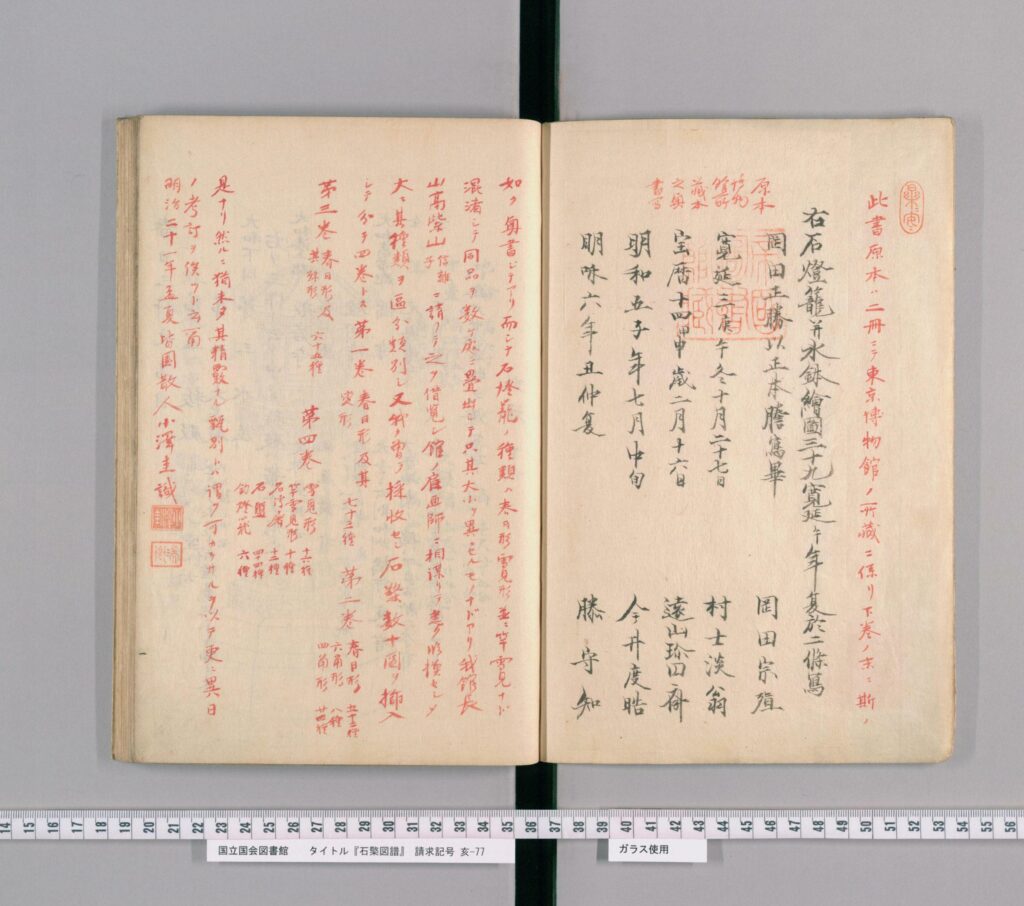
















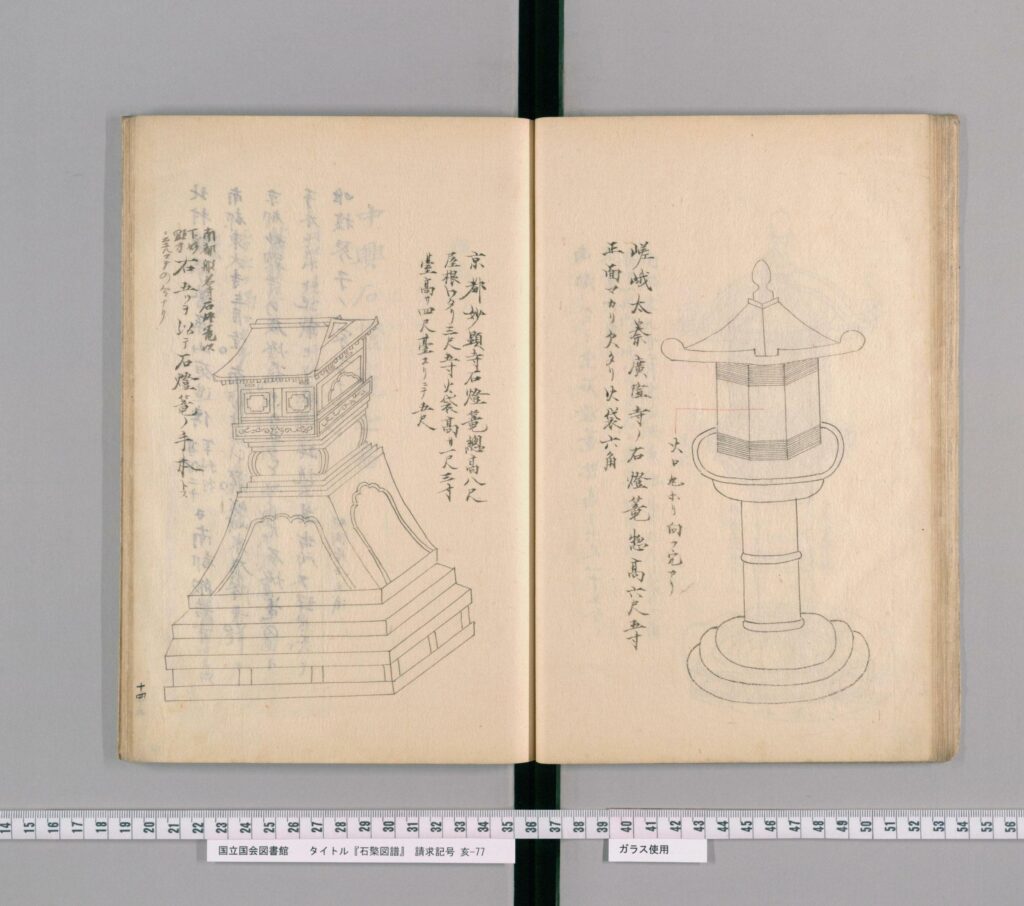
















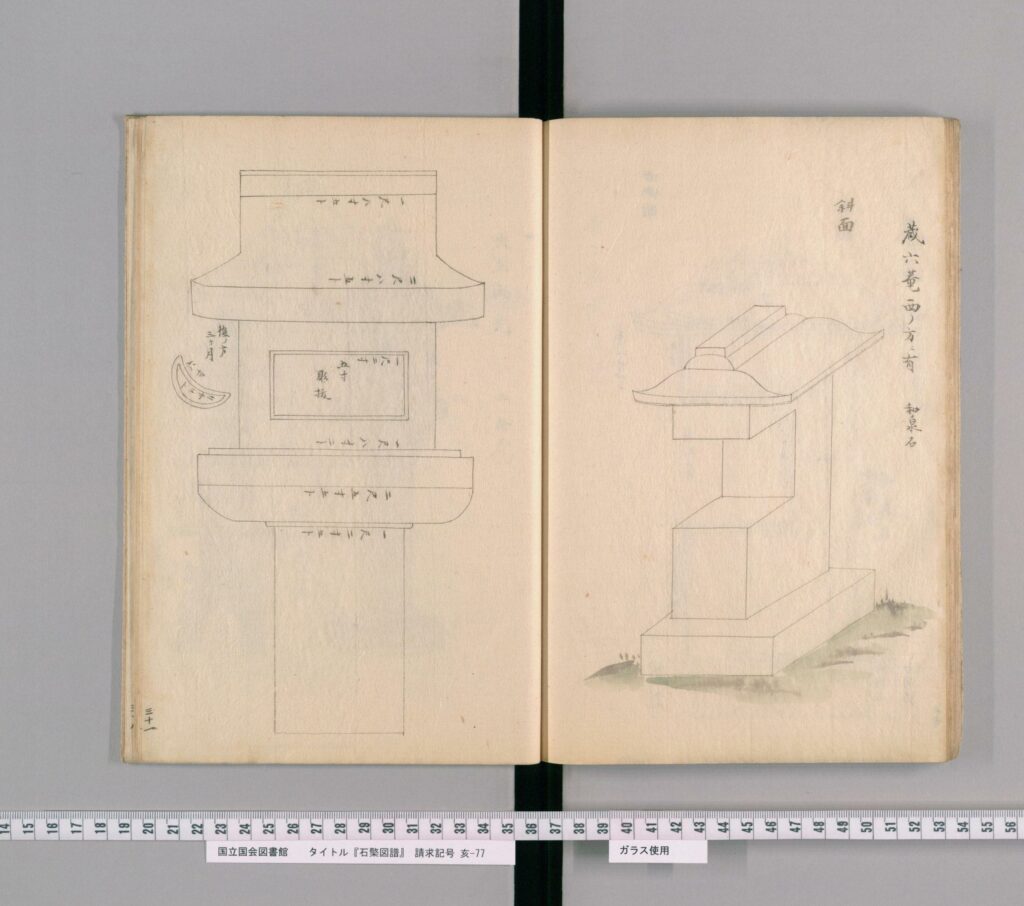



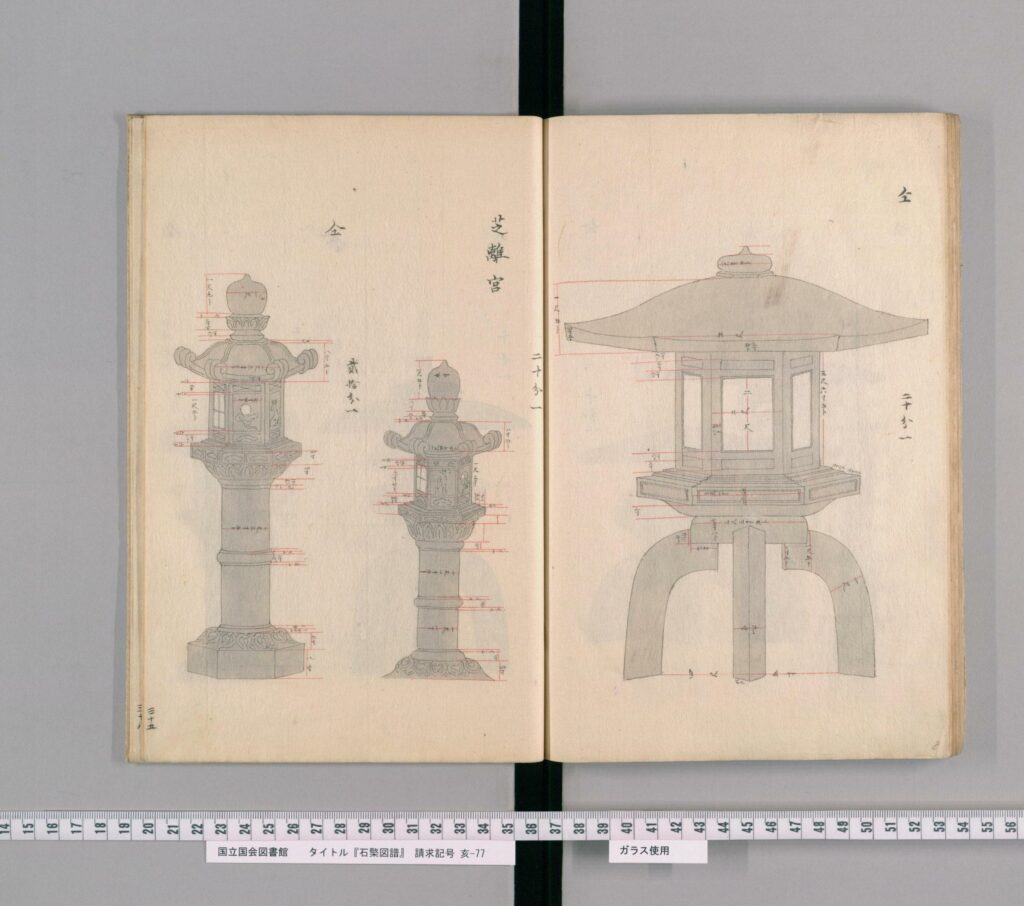































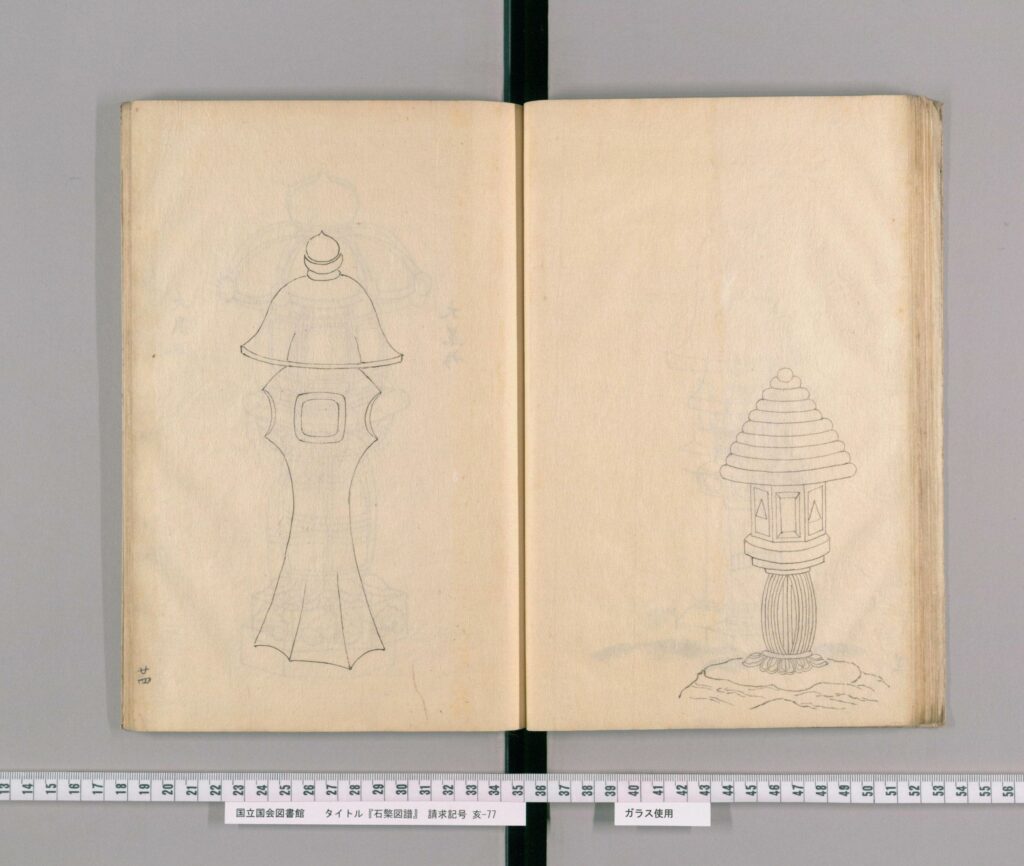

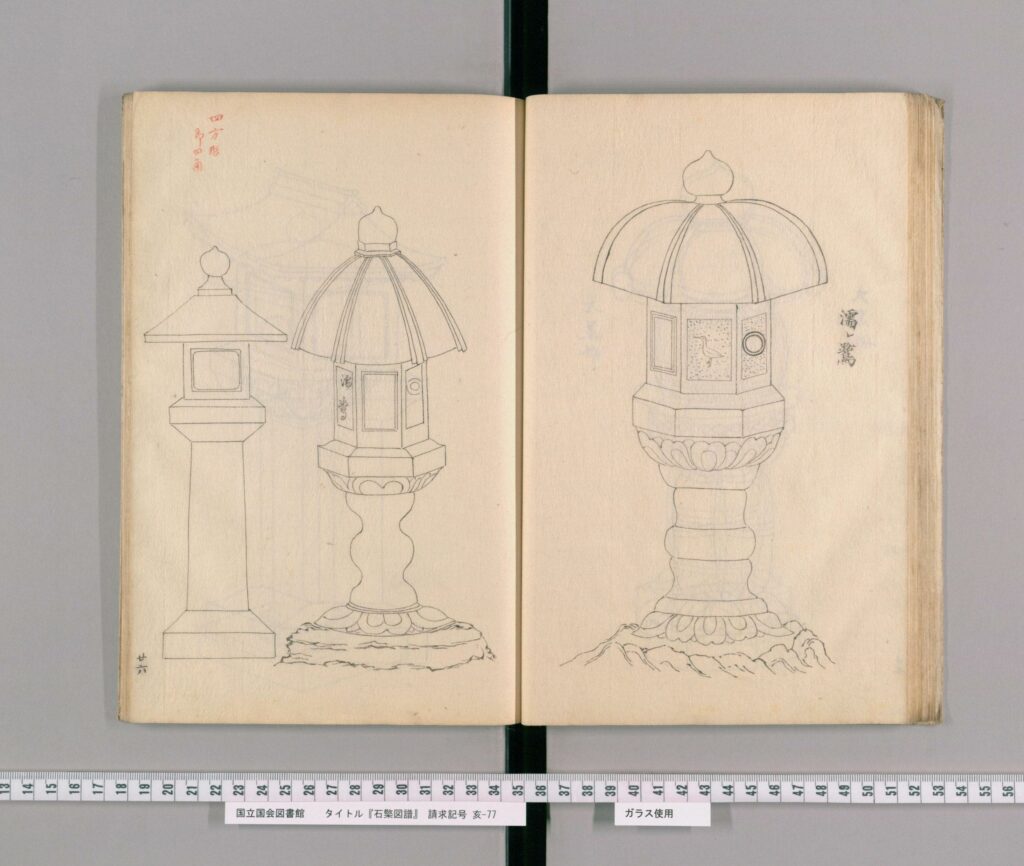





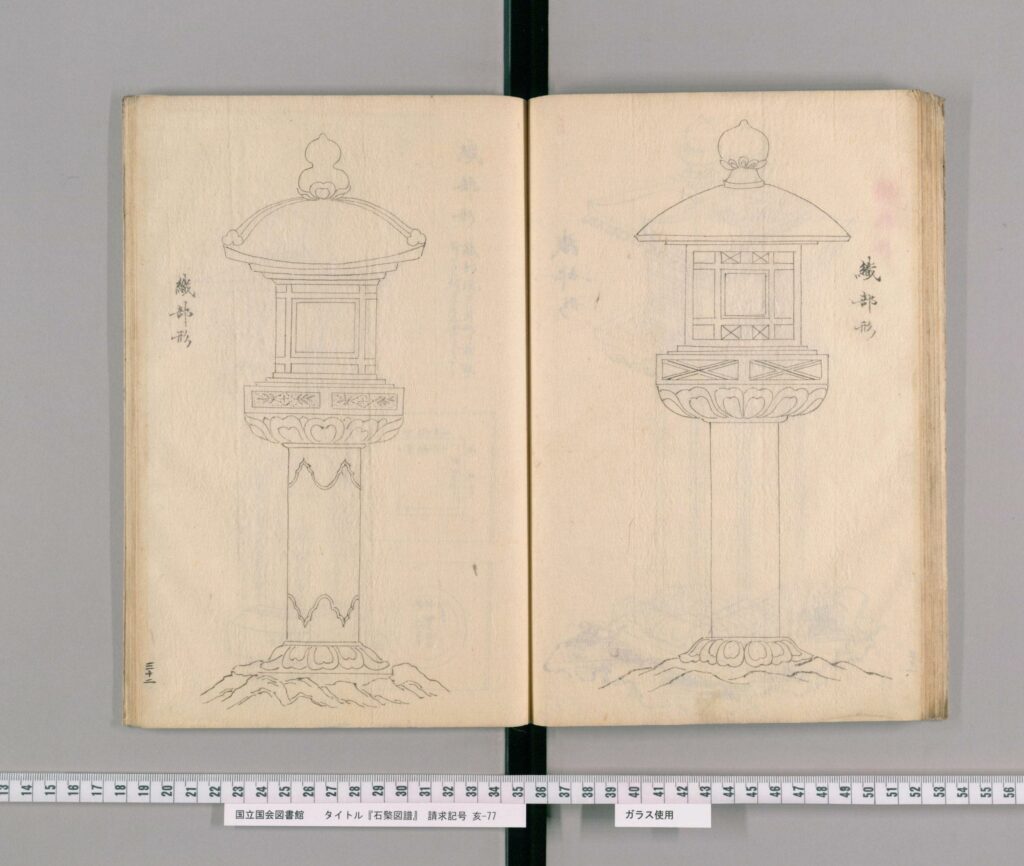






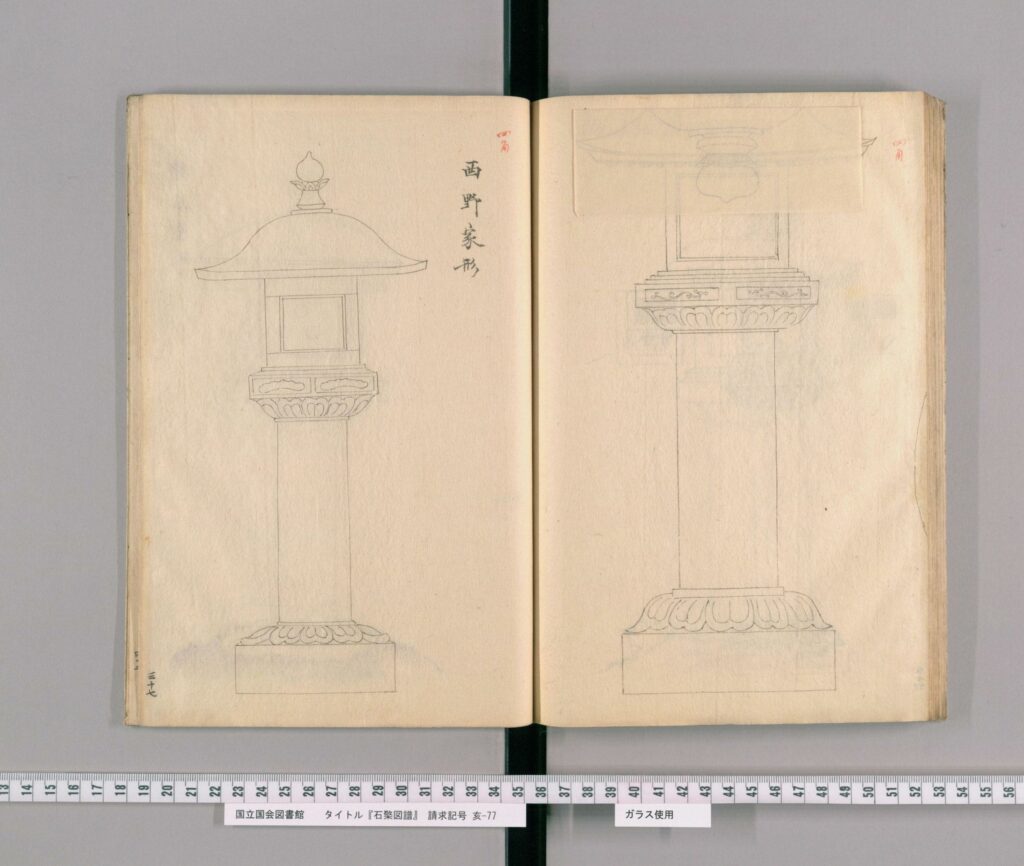



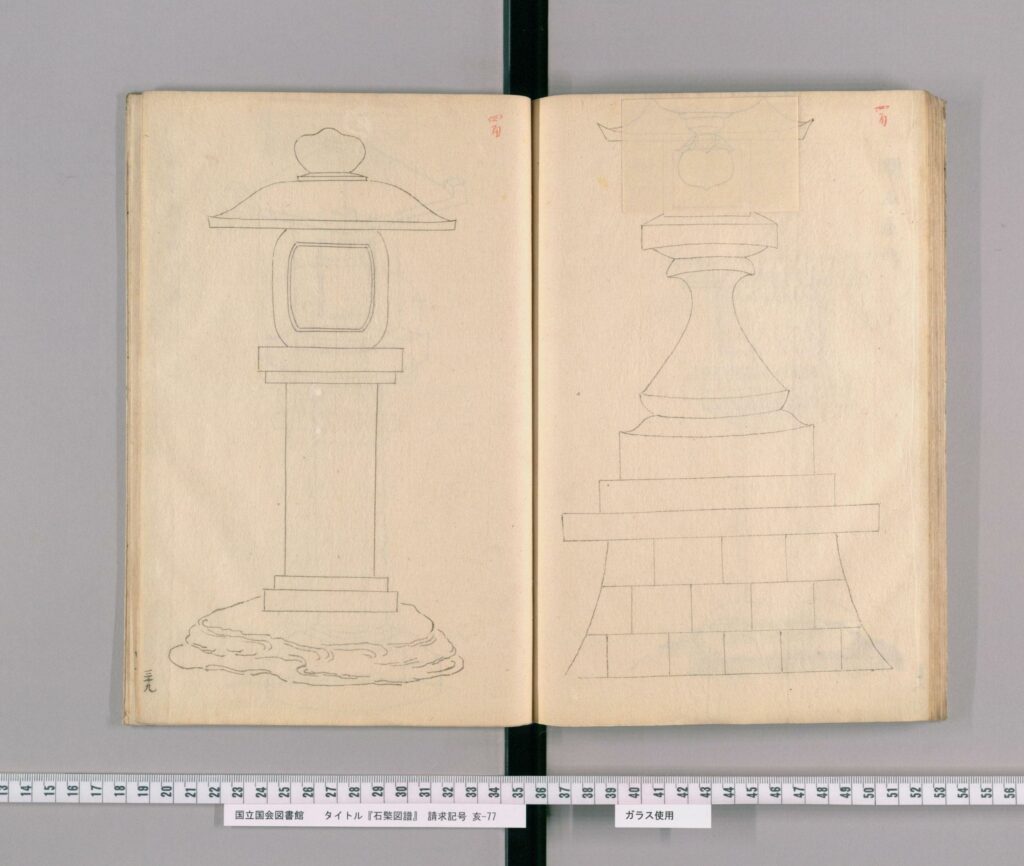







































































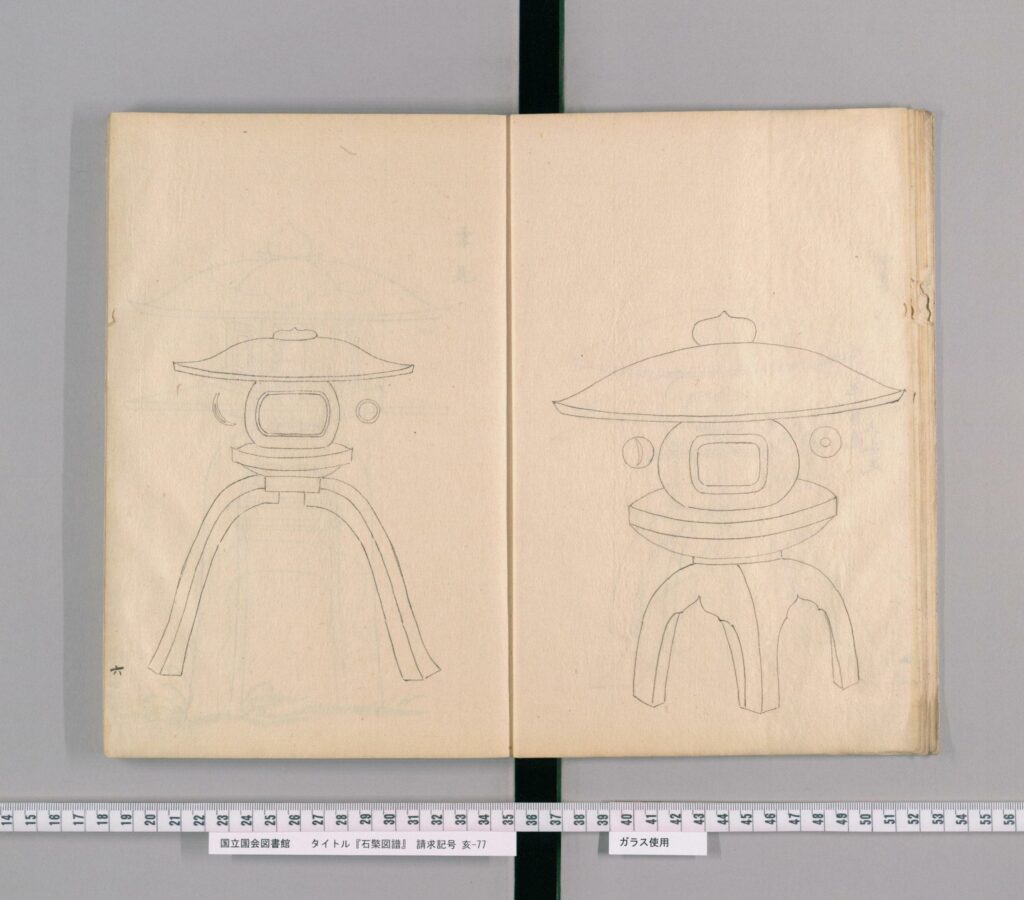


































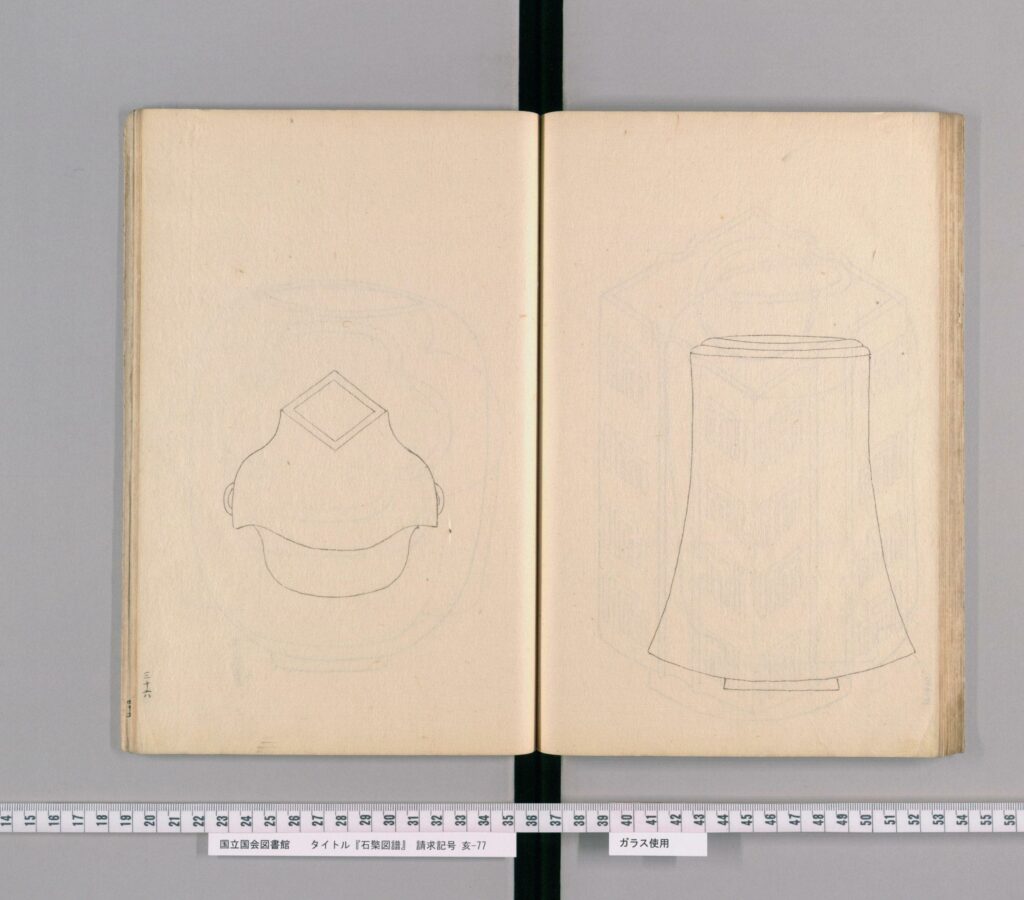



















Art艺术 Custom民俗 218P 石灯笼图谱.4册.宽延到明和年间.18世纪末.写本
历史上的今天 ( 33 ):
- 2024年-01月-30日:Super Nintendo:Pachio - kun Special 3 柏青哥君-特别版3
- 2024年-01月-30日:Super Nintendo:Pachio - kun Special 2 柏青哥君-特别版2
- 2024年-01月-30日:Super Nintendo:Pachio - kun Special 柏青哥君-特别版
- 2024年-01月-30日:Super Nintendo:Pachinko Wars 2 柏青哥大作战2
- 2024年-01月-30日:Super Nintendo:Pachinko Wars 柏青哥大战
- 2024年-01月-30日:Super Nintendo:Pachi-Slot Love Story 柏青嫂:爱的故事
- 2024年-01月-30日:Super Nintendo:Pachi-Slot Land: Pachi Pachi Coin no Densetsu 柏青嫂乐园:许愿硬币传说
- 2024年-01月-30日:Super Nintendo:Pachi-Slot Kenkyuu 柏青嫂研究
- 2024年-01月-30日:Super Nintendo:Pachi-Slot Kanzen Kouryaku 柏青嫂完全攻略:Universal新进机台Volume1
- 2024年-01月-30日:Super Nintendo:Pachi-Slot Gambler 柏青嫂胜负师
- 2024年-01月-30日:Video视频:雪地里,发春的骏马
- 2024年-01月-30日:Video视频:有些人啤酒是用来舔的
- 2024年-01月-30日:Video视频:公司前台,又下班了
- 2024年-01月-30日:Video视频:衣服都扣不上的胸部
- 2024年-01月-30日:Video视频:老百姓,为了生活,衣不蔽体
- 2024年-01月-30日:Video视频:两个人类优质,在宾馆约会
- 2024年-01月-30日:Video视频:拍戏而已,别假戏真做
- 2024年-01月-30日:Video视频:现在的男人都这么清秀了?
- 2024年-01月-30日:Video视频:是得跟所有小三告别了
- 2024年-01月-30日:Video视频:为什么,现在女生都很污
- 2024年-01月-30日:Video视频:每个夜场女,都很会跳舞
- 2024年-01月-30日:Video视频:这么多胖黑美女,喜欢哪个?
- 2024年-01月-30日:Video视频:伟大是言辞,点赞支持
- 2024年-01月-30日:Video视频:生育率太低,只因不懂繁殖
- 2024年-01月-30日:Video视频:按个摩还调戏小姑娘了,无耻
- 2024年-01月-30日:Video视频:很清凉大冬天的夜场
- 2024年-01月-30日:Video视频:房事后感想,女性越老越想要
- 2024年-01月-30日:Video视频:娶老婆,送小孩
- 2024年-01月-30日:Video视频:好身材倒立也很好看
- 2024年-01月-30日:Video视频:夜场跳舞都这么开放了?
- 2024年-01月-30日:Memory记忆:China in 1945 under the lens of American Life Magazine 美国生活杂志镜头下1945年的中国 (77P)
- 2024年-01月-30日:Memory记忆:Other old photos from China 中国其他老照片 (8P)
- 2024年-01月-30日:News新闻:2024年1月30日新闻简报(国内国际)
可点 ➠ 2023年-01月-30日 ➠ 61 s ➠ ♥ 0

